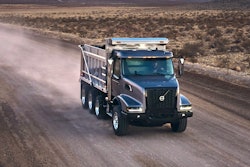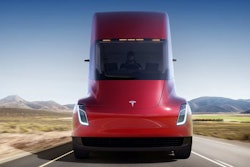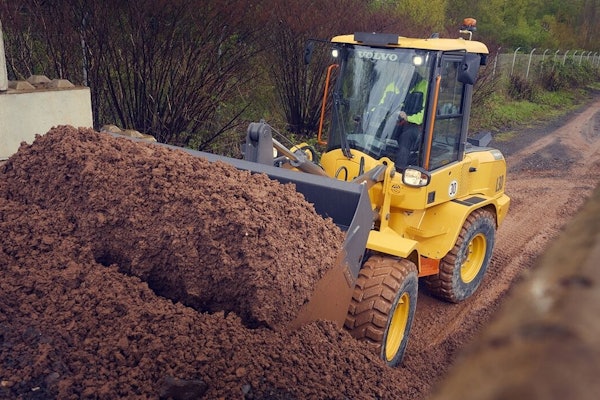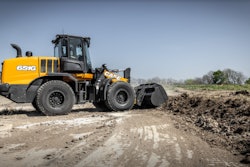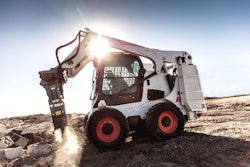The 2021 model year represents the first phase of Greenhouse Gas (GHG) Phase 2 emissions requirements, new measures that step up from the current level – which were enacted for the 2017 model year – and increase incrementally in model-year 2024 before phasing in completely by model-year 2027.
Once fully phased-in, according to the Environmental Protection Agency (EPA), the standards will achieve up to 24% lower CO2 emissions and fuel consumption compared to Phase 1.
Air quality regulations are nothing new to the trucking industry, but the years ahead could be far more complex than slapping on an aftertreatment system and filling up a DEF tank.
California’s Air Resources Board (CARB) in June passed a rule calling for all commercial trucks and vans sold in the state to be zero-emissions by 2045. Half of all trucks sold in The Golden State must be zero-emissions by 2035, and OEMs are charged with getting some sales of zero-emissions units off the ground by 2024.
The biggest ecological concern of my childhood was a hole in the ozone layer – an environmental anomaly caused by aerosol sprays and Styrofoam McDLT containers, or so I thought. If you bought hairspray in the mid-’80s in Midfield, Alabama, there is a better-than-average chance that I watched you place it in your buggy with scorn.
We’re still waging war on behalf of Mother Earth 30 years after McDonald’s forewent keeping the hot, hot and the cool, cool.
By the late ’90s, use of chlorofluorocarbons – the chemicals that were actually degrading the ozone layer (apologies to McDonald’s) – as a propellant and coolant had all but stopped, and the atmosphere had begun healing itself. We don’t always need government to step in and tell us there’s a better way, but sometimes it clearly doesn’t hurt.

